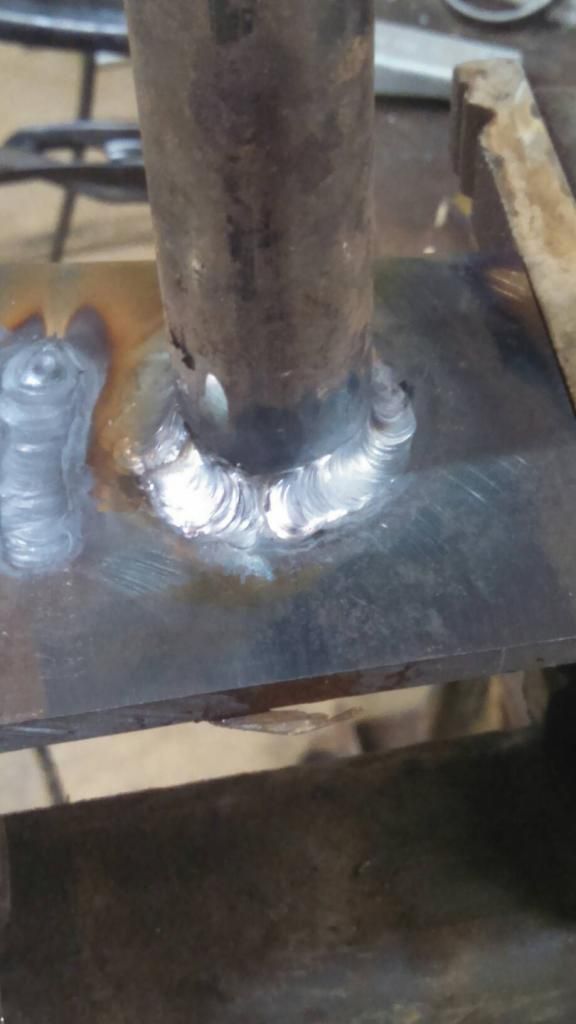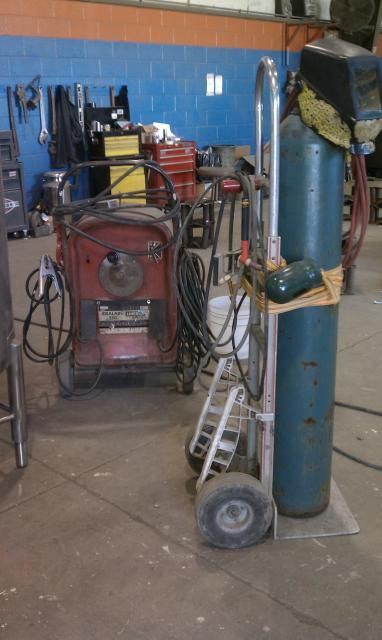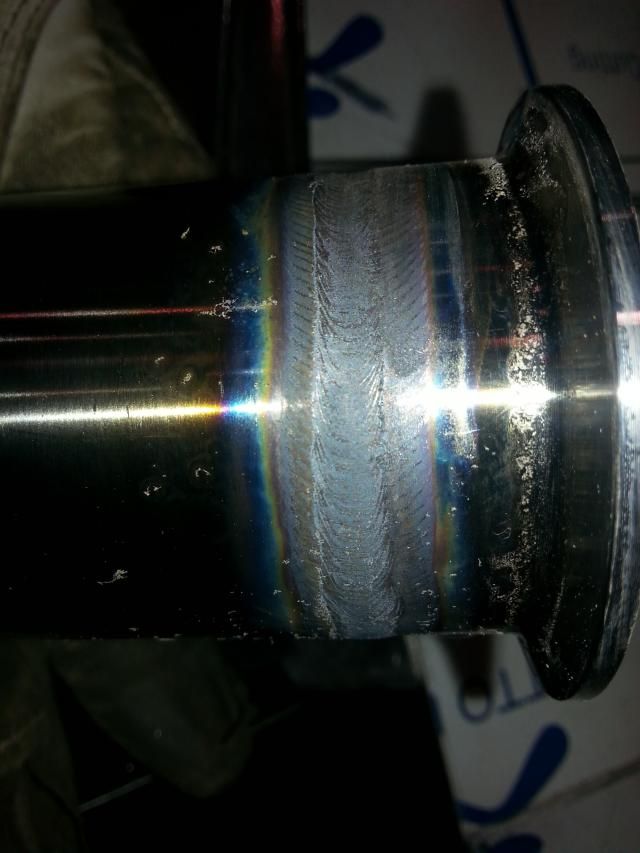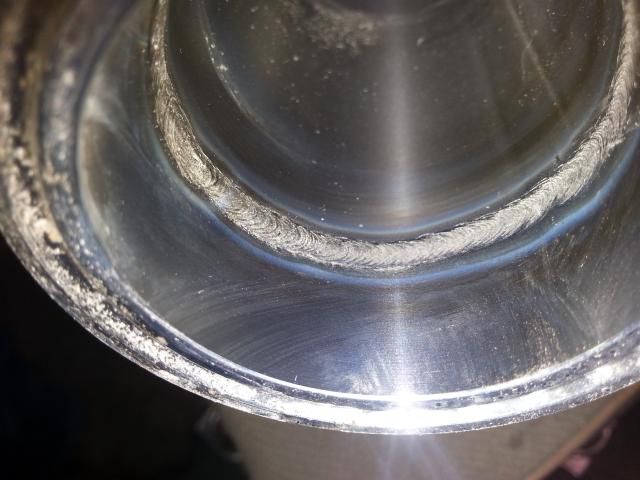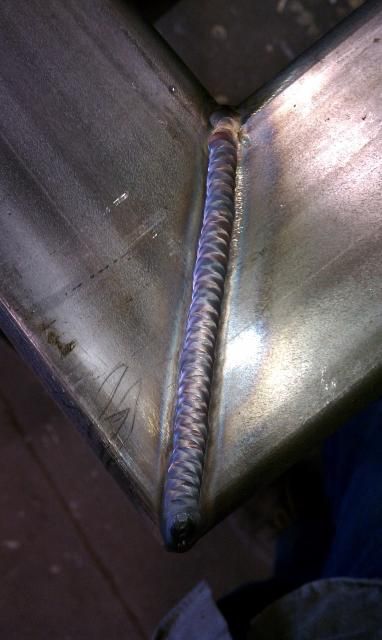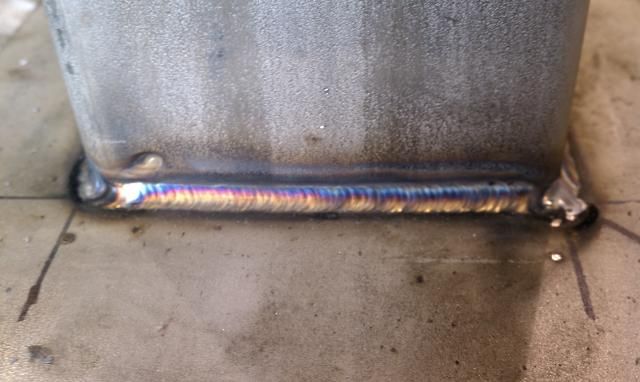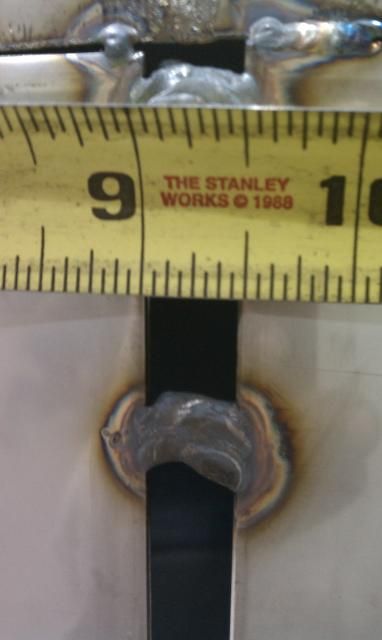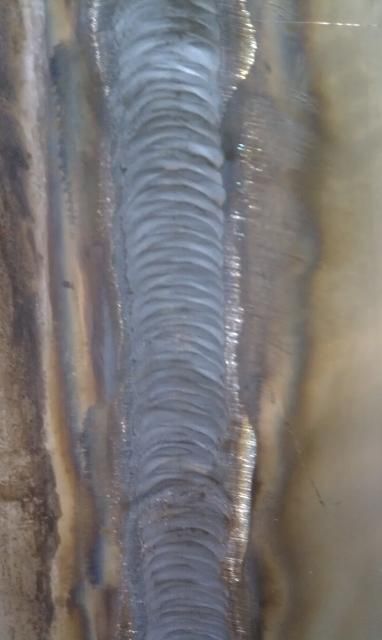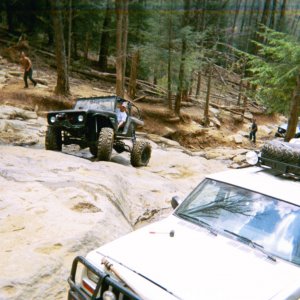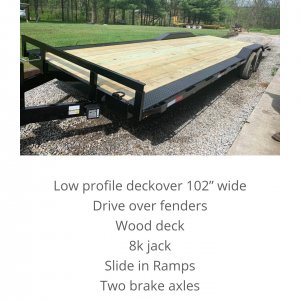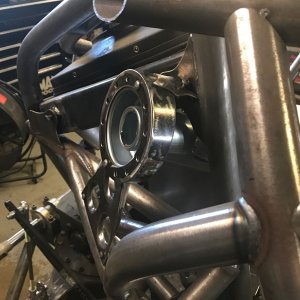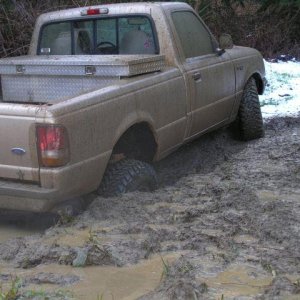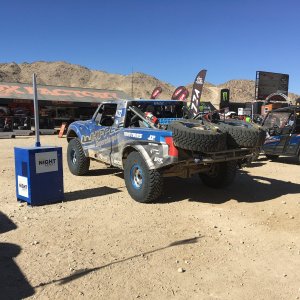mac5005
Well-Known Member
The main key to walking the cup is getting your amperage right.
You have to have the puddle solidify when waving the arc from one side of the weave to the other. If the puddle stays liquid across both sides too hot.
If the puddle doesn't follow with you as you move from one side to the other too cold.
If you are walking over the lay wire technique and you keep running out of wire at the arc, you need bigger wire.
If the puddle is building tall and you are almost walking the tungsten into the end of it, you need smaller wire.
Cup size has everything to do with the width of the weave as it controls the travel amount of how far your wrist can roll back and forth.
While practicing, focus on really swinging the lead side to side.
Another tip is to practice in the vertical position. It allows you to see the puddle much better than flat, and is less prone to the cup sliding on the hot base metal.
Practice walking without any wire to learn the heat control and movement technique, then add your wire and increase your amperage slight to get the puddle to respond correctly.
You have to have the puddle solidify when waving the arc from one side of the weave to the other. If the puddle stays liquid across both sides too hot.
If the puddle doesn't follow with you as you move from one side to the other too cold.
If you are walking over the lay wire technique and you keep running out of wire at the arc, you need bigger wire.
If the puddle is building tall and you are almost walking the tungsten into the end of it, you need smaller wire.
Cup size has everything to do with the width of the weave as it controls the travel amount of how far your wrist can roll back and forth.
While practicing, focus on really swinging the lead side to side.
Another tip is to practice in the vertical position. It allows you to see the puddle much better than flat, and is less prone to the cup sliding on the hot base metal.
Practice walking without any wire to learn the heat control and movement technique, then add your wire and increase your amperage slight to get the puddle to respond correctly.

